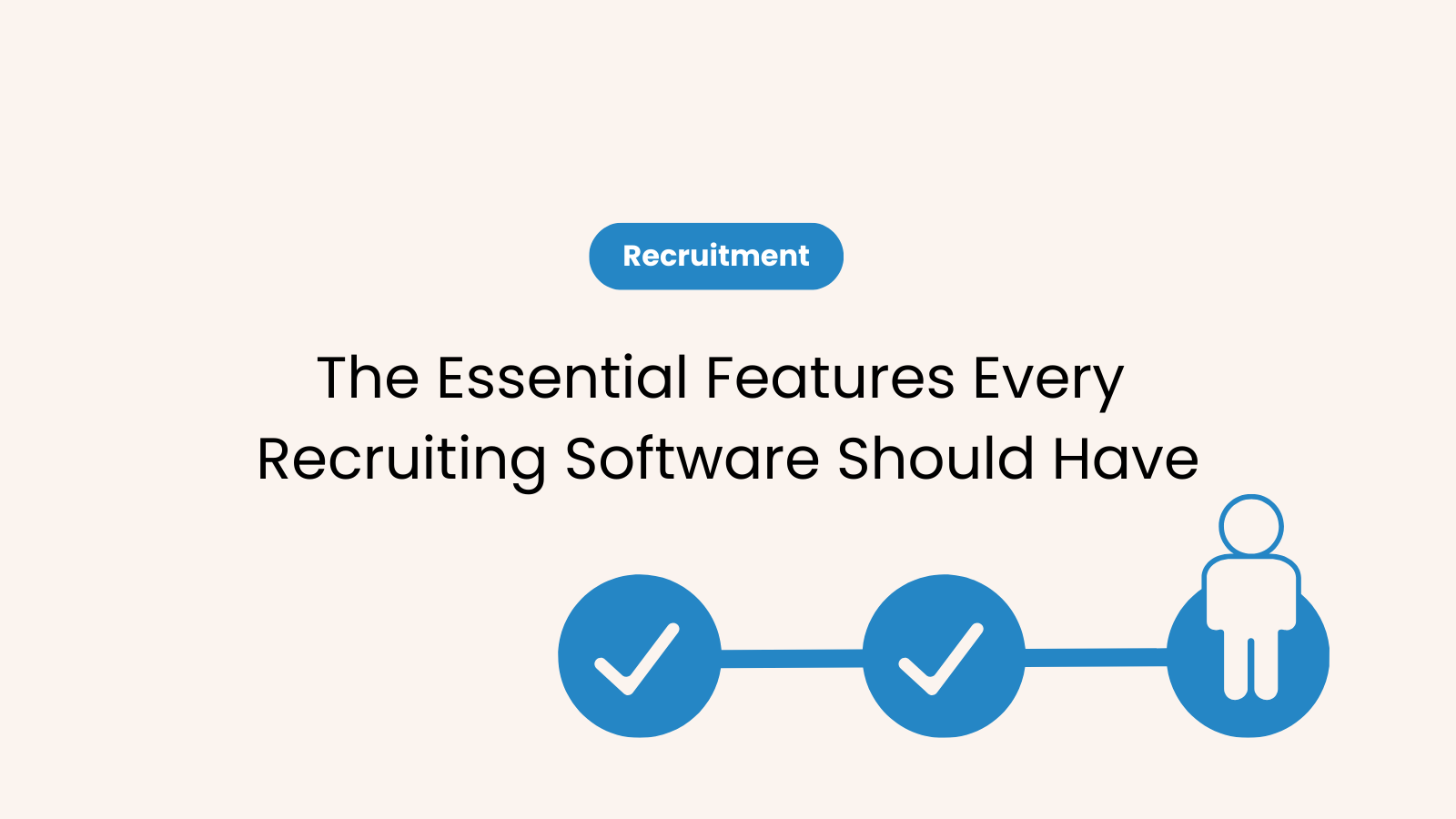Everyone enjoys working from home on rainy days. There’s nothing like a warm blanket and binging a favorite show the second you put your laptop down to restore your work-life balance (no Severance references whatsoever). Still, most companies suggest that these remote days shouldn’t happen all the time. And many employees agree. So, there’s a matter of collaboration in a hybrid workplace. But what does it actually entail? And how to make sure that this model works like a charm?
Get ready to start from the top. We’ll crack the code on how to make collaborating in a hybrid work environment successful, pleasant, and engaging.
Hybrid workplace: Meaning & basic perks
The short and simple definition of this phenomenon is the flexibility to combine on-site and remote work. Now, there are quite a few variants and special ingredients that make this sort of arrangement unique for every company. Some teams allow each member to work remotely once or a few times a week. Still, some will give thumbs up to those methods that entail more visits to a traditional office. On the other hand, some will grant a fully remote experience to their employees – at least to those who truly prefer it or live in another region.
Studies show that 66% of the workforce choose remote work due to their current concerns about their health. In fact, young people are the ones who are most inclined toward embracing this kind of environment. So, if you’re looking to recruit Gen Z candidates, be sure to add an extra hint of flexibility & work from home policies since more than 70% of them will gladly go for a role like that. But aside from health concerns, people love working in a hybrid workplace (or just remotely) because that’s how they achieve most productivity, engagement, and motivation. Also, it helps them keep up with their daily lives and creates a proper balance between work-related tasks and free time. And as for the employers, they can save a whole lot of money, starting with improved recruitment processes and more talent in their pool, to costs of rental and office supplies and equipment.
Get ready to learn about smooth collaboration in hybrid teams
Remote and hybrid working environments are far more than a hot HR trend. They went from a massive benefit straight to being a necessity. And now, we’ve seen that both ways can work like magic. But to drive the best possible results and make the most of these types of collaboration, it’s imperative that you grasp a few key points, figure out some tricks, and be free to mix things up by following some tested approaches and combining them with innovative tactics. So, here’s what you must focus on:
📞 Clear and regular communication that keeps all teammates on the same page,
🛠️ Proper tools and channels that will help everyone out and shorten some processes,
✨ Customized habits, frameworks, and culture that will suit your crew and benefit your company as a whole.
Seeing it from this perspective, building up collaboration in a hybrid workplace doesn’t seem like a major effort. However, it does require more than a few moments to make it all function perfectly. And that’s why it’s vital that you know the huge advantages that are coming your way once you start strengthening your hybrid culture. So stay tuned & stay hyped!
Know why collaboration is important in the workplace (remote, on-site & hybrid)
If you were looking for a precise number of reasons why collaboration is important in the workplace, it must be 10googol. Or, to slightly un-nerd the equation: the number is close to infinity. Still, here are a few key factors to keep in mind (and look forward to after refining your teamwork and environment):
🔑 Solving problems more quickly and efficiently with the help of other experts and valuable team members who are ready to crush all obstacles and make way toward a mutual aim,
🔑 Bringing people together and creating a more pleasant and healthy atmosphere where every person feels understood and included. Also, helping people collaborate more closely will impact their skills and amplify their knowledge. Each new interaction will bring fresh ideas to the table and encourage every individual to grasp a fact or two or embrace a brand-new approach,
🔑 Opening up new channels of communication and creating a more cohesive workplace. Sharing information and keeping everyone posted has massive benefits for the entire company, as well as every member. Using various communication and management tools is an excellent way to boost collaboration in a hybrid workplace (but also in every other variant and type of environment),
🔑 Improving employee retention rates and having a more open, connected, and engaged crew that will gladly stick around and contribute to achieving amazing results.
If these awesome points and fantastic outcomes don’t feel like something you’ve been experiencing in your daily job, no worries. Because creating a collaborative workplace takes time. Just make sure to follow our guide and build a more successful and productive setting one step at a time.
How do you collaborate in a hybrid workplace? [Step by step guide]
So how can teamwork be improved in the hybrid workplace? First, know what challenges you’re likely to face. There’s a matter of remote staff exclusion, communication breakdown, or clinging to old habits and processes that will no longer work. Also, if part of your crew commutes regularly, they might feel like their coworkers who still work from home procrastinate or enjoy some perks that aren’t allowed to them. So be sure to overcome these gaps and watch out for any issues that can come up, and divide a priorly compatible workforce. Read the tips we’ll offer & avoid a potential crisis and reasons for job dissatisfaction.
Step one: Communicate, share updates & sync up
If some of your employees work remotely and others in the office, your top priority should be supporting everyone and keeping them on the same page. And to do this, you can perform weekly team meetings. Use them to ask each employee to share their ideas, tasks, and concerns. Let them talk about possible roadblocks and encourage everyone to take part and find the best solution. Also, make sure to clearly communicate all goals, responsibilities, and deadlines. That way, you’ll keep all the employees connected and in the loop.
Team-wide projects and campaigns require constant updates. So be sure that your employees talk to each other about their progress. Lay out a precise plan and scope, then schedule daily standups and chit-chats to keep everyone posted about the status of their separate and group assignments. This will help your employees collaborate more effectively and work together towards overall team goals.
💡 Bonus tip: use all the perks of synchronous and asynchronous communication. So, in addition to meetings and video conferences, create a precise flow that will benefit distributed teams, especially if they operate across different time zones.
Step two: Automate the heck out of your processes
There’s no such thing as an optimized workflow that isn’t accompanied by reliable communication. And automating as much of the collaboration in a hybrid workplace as possible is how you’ll do it. That way, you’ll get to shorten and simplify certain tasks, avoid tedious legwork, and minimize the risk of making a mistake or missing some process steps. The tools you will use should be picked according to your team’s size, needs, and budget. Trello, Zoho Docs, or Asana are great collaborative tools for remote and hybrid companies. But if your necessities surpass their features, there are countless other solutions to look into.
Step three: Set expectations & trust that your employees will fulfill them
Always strive to make it perfectly clear what you require from your remote and in-office employees. You can start by establishing some core hours. Let the whole crew know when they need to be available for a quick meet, when they should send updates and reports, and more. And since you can’t always monitor your remote staff and know precisely what they’re up to, aim to build mutual trust. A results-driven culture can help managers motivate their teams and secure timely and positive outcomes. By setting KPIs and OKRs, you can outline a transparent, clear-cut agenda for your squad. And all of it will unquestionably result in better performance and more reliability.
Step four: Spread that trust among everyone
Even with the best-laid plans, all the right tools & technologies, and round-the-clock status updates, your team won’t collaborate properly if they don’t feel like they can truly rely on each other. And this part can represent quite a challenge when it comes to hybrid workplaces. So be sure to encourage team building & bonding activities. Don’t force them. If it feels unnatural or unnecessary, your strategy will be destined to fail. But do talk to your staff, ask them what they need and prefer, and align certain actions with their aims and choices. Everything’s on the table here – from virtual lunches to workshops and educational stuff.
Step five: Offer feedback & support
So we said that asking for thoughts, notions, and feedback is imperative. But so is giving your two cents. Make time to perform group and 1:1 meetings. And memorize the most significant rule: praise publicly, criticize in private. Also, all managers and leaders need to be accessible. So when there’s a bump in the road, people will know they can count on each other and their team leads for help.
How do you engage a hybrid team? [Bonus tips]
Like every other successful employee engagement strategy, this one also has to start from the very beginning. Which is the most accurate pleonasm you’ll ever hear: because it actually does begin before the new hire has arrived at the office. Or, in this case, wherever. Yes, we’re talking about the recruitment process. But more importantly, we’re saying that you must discover an effective way to onboard and keep on training a remote employee (even if they’re “remote” only on certain days). And that means having a clear agenda, making lots of checklists, and creating a practical training schedule that respects everyone’s time. Regular check-ins and meetings are essential too.
Now, here are a few other elements that you just have to consider and go for them:
🤝 Make everyone feel included and do everything to offer effortless communication across teams,
🍎 Promote employees’ well-being and beware of the warning signs of burnout,
🎁 Reward every effort your employees make and come up with an award system for every target they nail,
Finally, don’t forget about other benefits that attract top talent. So yes, you’ve offered a massive amount of freedom and flexibility. And most candidates and workers will appreciate it without a doubt. However, there are more perks and incentives that matter a lot, including extra paid time off or special policies that will help out new parents. Also, be sure to grant some healthcare benefits to everyone, and hand out financial (and non-financial) bonuses to your best performers.
Follow these essential steps to improve collaboration in a hybrid workplace
Effective collaboration in a hybrid workplace is the goal. And luckily enough – it’s definitely reachable! All you need to do is assess your true needs and gaps and look for tested ways to refine your approaches. Now, there are no one-size-fits here. Each environment is unique and demands different methods, tools, and frameworks. But some of the essential tips & tricks are actually universal. And this comprehensive guide will help you get on the right track.
Need any help with hiring and retaining remote employees? Talk to us. A reliable recruitment agency is always the ultimate solution.




